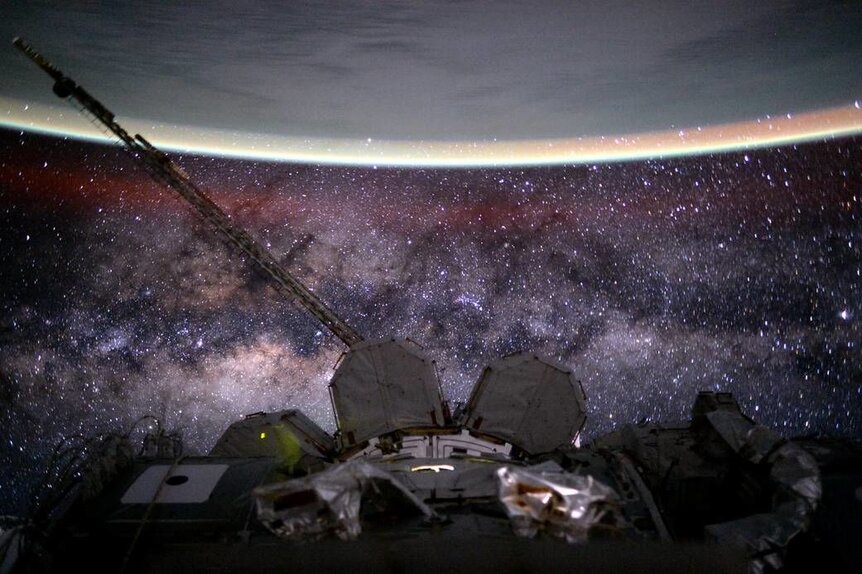Create a free profile to get unlimited access to exclusive videos, sweepstakes, and more!
We live in a warped galaxy, say new observations of the Milky Way

Most of us don’t believe Earth is flat anymore, since, you know, it is 2019 — but you might want to rethink your vision of the Milky Way.
The galaxy we inhabit is twisted. Literally. It may appear like a flat swirl of stars and hydrogen clouds in most images, but Chinese and Australian scientists who recently mapped those stars found that the further away they are from the center of the galaxy, the more the galactic disc warps and twists. This is going to change how we see spiral galaxies.
“This new morphology provides a crucial updated map for studies of our galaxy’s stellar motions and the origins of the Milky Way’s disc,” said Licai Deng, senior researcher at the Chinese Academy of Sciences and co-author of a study recently published in Nature Astronomy.
Astronomers researching this phenomenon used data from the Wide-field Infrared Survey Explorer (WISE) to create a map of 1,339 of the largest pulsating stars in our galaxy that are each 4 to 20 times as massive and up to 100,000 times brighter than the one our planet orbits (no shade to the sun). They live fast and die young. The gradual change in the super-bright pulses of these classical Cepheid stars helps with figuring out how far they are from Earth.
The map developed by the research team is the first accurate 3D image of the Milky way that goes all the way out to its far reaches. Gravity has a much weaker pull on the fringes of the galaxy. Because the hydrogen atoms that make up its gaseous disc can wander off to some extent, the extremities of the disc warp.
“In the Milky Way’s outer regions, we found that the S-like stellar disc is warped in a progressively twisted spiral pattern,” Professor Richard de Grijs of Macquarie University, senior co-author of the study, said.
This suggests that the warping of the spiral is probably caused by torque from the spinning of the inner disc, which has much more mass and therefore, a stronger gravitational pull.
There could be more to the shape of the Milky Way. The researchers believe that most of the matter in our galaxy is dark matter, but since we have no way of determining what it looks like or even what it is, there is no way to even guess where it is lurking. Their findings have now given them an assist with at least trying to determine its distribution in what we imagine as a glowing disc of starlight.
While the Milky Way isn’t the only twisted sister in the universe, this is proof that we live in a place weirder than anyone might have thought.
(via Macquarie University)



























